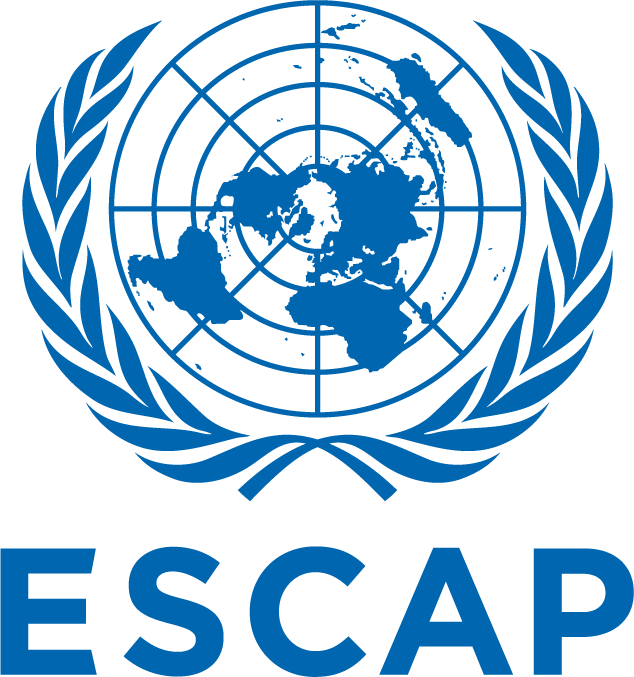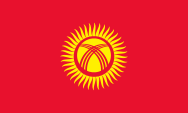Enhancing Knowledge and Regional Cooperation for Climate Adaptation in Central Asia
Explore how climate change is reshaping Central Asia’s riskscape and livelihoods—and how countries are building resilience through data and planning.
Accelerating Climate Stress
Central Asia is warming faster than the global average.
Glacier retreat is rapid, triggering both floods and long-term water scarcity.
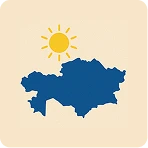
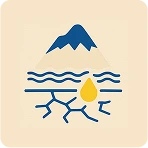
Cascading Effects Across Systems
Climate impacts are not isolated: water, food, and energy systems are interdependent.
Transboundary impacts are becoming more frequent and intense.
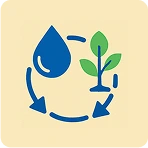
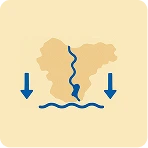
Expanding Environmental Degradation
Desertification, land degradation, and dust storms are worsening.
Rural livelihoods and ecosystems are increasingly at risk.


The Central Asian region will experience a consistent increase in average annual temperature across all climate scenarios, with warming projected to intensify over time, highlighting the region's growing climate stress and the need for adaptive strategies.
From Crisis to Capacity
Central Asia faces recurrent climate-induced crises such as droughts, glacier melt, floods, and dust storms.



Cascading transboundary hazards and extreme events pose significant challenges, heightening vulnerabilities for populations and critical sectors.

Moving from reactive disaster relief to regional cooperation and long-term resilience is critical.
Risk-Informed Pathways
Localized data on glacier hazards, water scarcity, and desertification informs national adaptation plans.

Regional collaboration strengthens capacity for impact-based forecasting and early warning systems.

Integrating transboundary climate risks data into national strategies supports sustainable development and reduces conflict potential.
Technology as Enabler in Central Asia

AI in Agriculture
Kazakhstan
Satellite data and ML used for crop monitoring and yield estimation
FAO & NASA Harvest, 2022

Climate Risk Analytics for Dams
Tajikistan
Remote sensing and modeling used to assess climate risks at Rogun Dam
FutureWater & World Bank, 2021

Early Warning Systems
Kyrgyzstan
Real-time flood alerts using glacial lake and rainfall monitoring
UNDP, 2025

Scenario Modeling for Climate Planning
Central Asia
CMIP6 projections used in ESCAP's DSS for regional climate planning
ESCAP

Glacial Lake Monitoring (Drones)
Kyrgyzstan
Drones for remote monitoring of GLOF-prone lakes
UNDP, 2023

Remote Sensing for Land Degradation
Central Asia
Satellite mapping of desertification hotspots
UNCCD, 2023
Project Goals
Strengthening the capabilities of Kazakhstan, Kyrgyzstan, and Tajikistan to address the complex and cascading impacts of slow-onset disaster risks on the achievement of the Sustainable Development Goals.

Target 1

Target 2

Target 3
Focus on Slow-onset Glacial Hazards in Central Asia
Local to Global Linkages
How local glacial hazards ripple across borders and sectors:
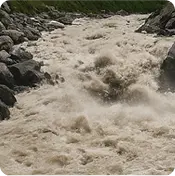
Mountain Hazards (e.g., GLOF)
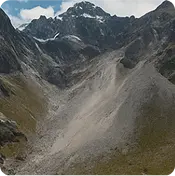
Downstream Landslides & Flooding
Cascading Impacts:
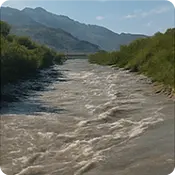
Cross-Border River Impacts
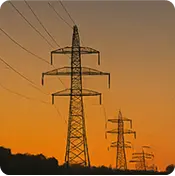
Energy & Food Security Risks

Affected Population & Displacement
Click right button to learn about key teleconnections shaping the Third Pole, influencing temperature, precipitation, glacier melt, and river flow.
Scenario-based Adaptation Planning
How impact scenarios guide policy and planning

Trend Analysis

Scenario
Development

Implementation &
Monitoring
Pathway for Adaptation and Resilience
Glaciated Mountainous Context
-
Glaciers
Assessment – its seasonal, sub-seasonal and long-term patterns, spatial variations and scenarios at sub-national/national and regional level. -
Associated weather and climate systems
Seasonal outlooks of temperature, precipitation and snow cover – Climate Forum, Impact forecasting and scenarios. -
Water, Food and Energy systems
Glacier and snow melt are key components of water flow rivers that contribute to food and energy security. -
Environment / Ecosystems
Preserve and manage ecosystems and their biodiversity, land surface changes and human impact.
